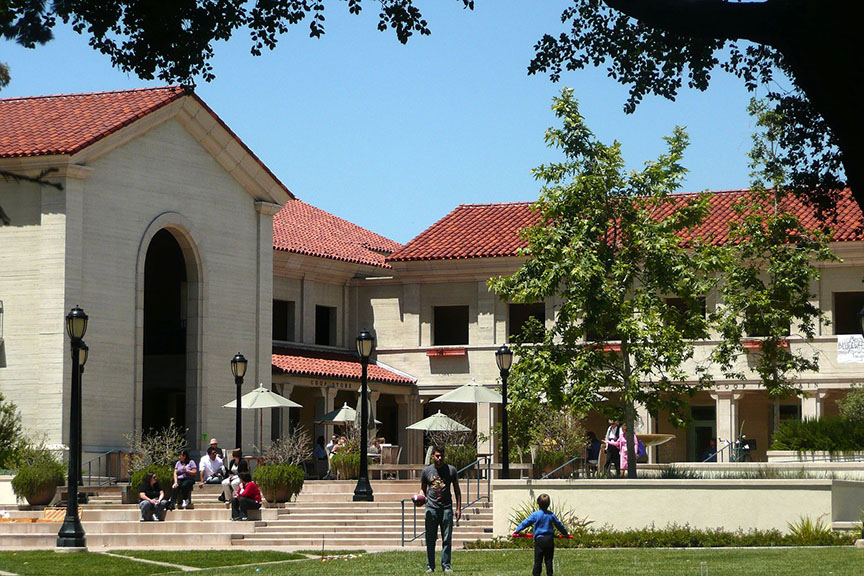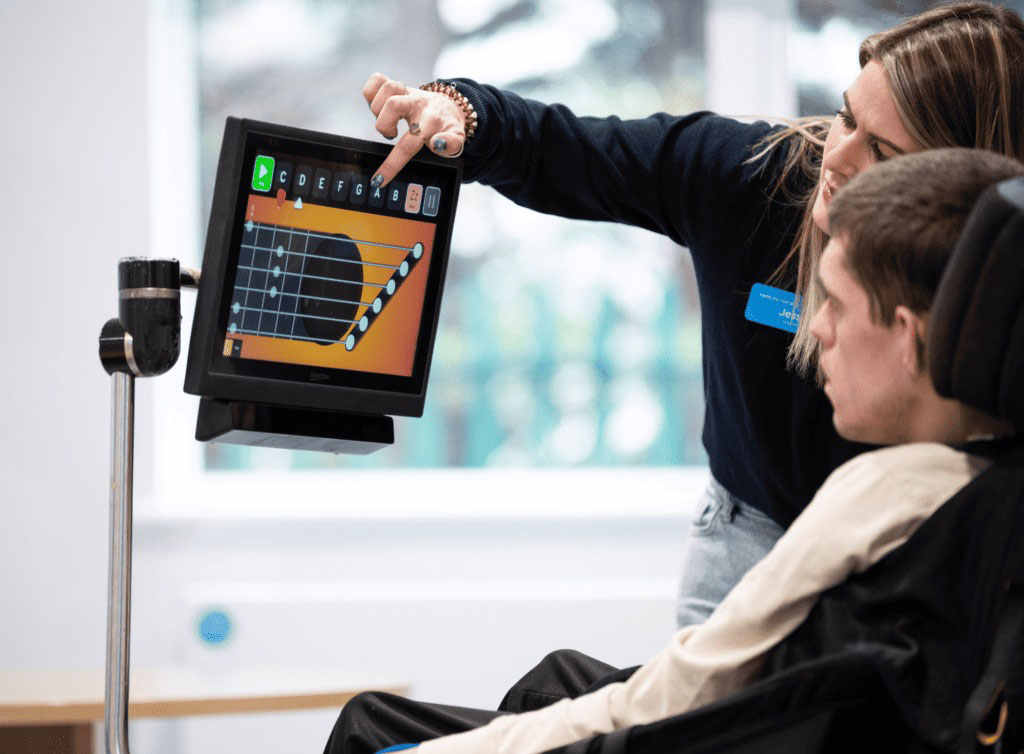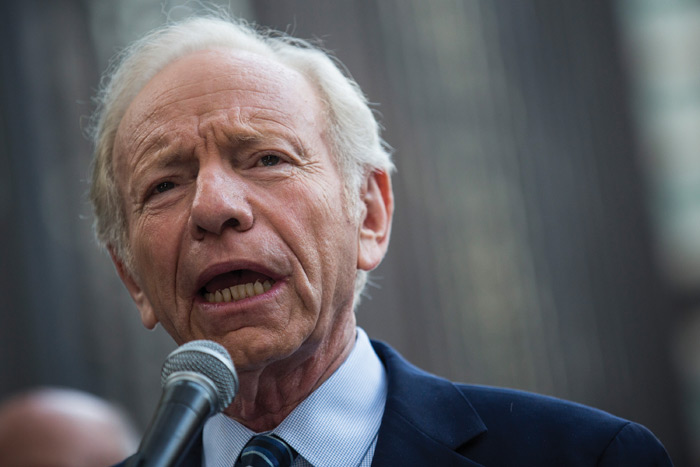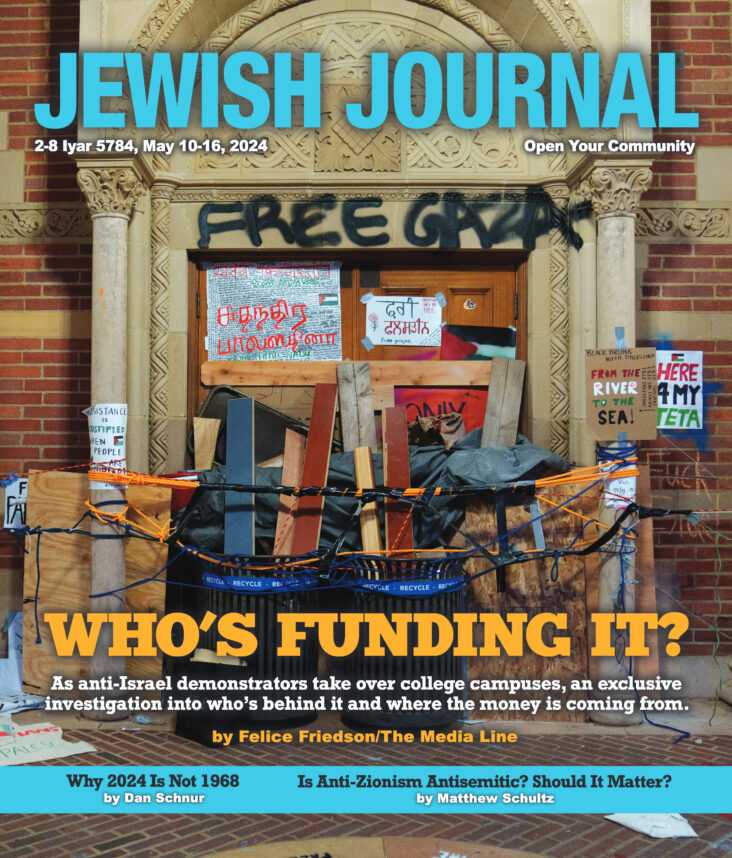Traveling around the Gaza Strip of 2009 is difficult to accurately describe. Despair, destruction, extremism and violence are terms easily at hand, but they do not do justice to life in Gaza today.
Navigating the Erez crossing point from Israel gives a taste of what’s inside. The cavernous Israeli border facility, built to process tens of thousands of Palestinian daily workers, echoes with the steps of the day’s three visitors. A teenage Israeli soldier stops typing into her phone long enough to buzz us through the armored door. Leaving the air-conditioned hall for the hot sun, we traverse the quarter mile of dirt road. A Palestinian woman and her teenage son, fresh from head surgery in the West Bank, struggle to steer his wheelchair around the rocks. The solitary Hamas customs officer in a dilapidated trailer seems put upon to raise his hand to wave us on.
Unemployed men gather at street corners. Boarded-up factories and partially completed or destroyed buildings dot most neighborhoods. Markets continue to stock basic food items allowed in by the Israelis, while shops offer a selection of Egyptian goods smuggled through tunnels on hand-propelled railway cars. Egyptian luxury items such as potato chips, religious books, cement and even cars can be purchased by those with disposable income. Nouveau riche tunnel owners and Hamas leaders now occupy the large houses built by Arafat’s henchmen and wealthy businessmen who fled after the Hamas takeover.
The refugee camps, some of the densest housing in the world, reek of sewage. Black-clad Hamas gunmen sporting adolescent beards pretend to patrol the streets while Hamas and Islamic Jihad slogans and pictures of the so-called “martyrs” adorn the walls.
In addition to the economic situation, the common complaint from what’s left of the middle class in Gaza is the lack of adequate educational opportunities. The local political and religious establishment runs the school system. The moderate Palestinians and the international community criticize the Hamas-controlled schools as creating incitement through revisionist textbooks and political proselytizing.
In the north of Gaza City sit the ruins of the American International School. Opened in 2000 with a capacity of 800 students, the English-language school served as the only accredited international school in Gaza. Teaching boys and girls together in English with standard American textbooks, the school represented an opportunity for a better future. The school served as polestar for a progressive education and connection to the West. “I do see it [the school] as a bridge between the Arab culture and the American culture, and it serves American culture in this respect,” noted Nairab, a graduate who also attends the University of Texas at Austin.
“It was really quite a very nice school, it was well run, the best school in Gaza by any standard … the children were happy. It was one of those places in Gaza where you go there and you have hope. You have a feeling that there are people here who are really striving to get ahead and make a difference and change their lives,” reported the CNN correspondent, Ben Wedeman.
Internecine Palestinian fighting and Israeli bombs have left the 7-acre school in ruins. Goats graze on the soccer field. Tons of rubble cover what was the library. Scorched school buses show the result of airborne bombing runs.
Today, 233 boys and girls, grades K-12, in matching white-and-blue uniforms still attend daily classes in a rented facility near the old site. Thirty Palestinian teachers stand in for the European and American instructors who fled the fighting. Students crammed into small rooms with makeshift desks share outdated American textbooks. With only bare-bones resources, the administration strives to maintain loyalty to the school’s original curriculum and vision of providing secular, standardized education.
Parents and children exclaim how fortunate they are to have the school at all. The alternative, Hamas and United Nations-run schools, do not offer the same educational opportunity and are replete with political and religious dogma that is anathema to those attending the American school. The headmaster boasts how last year’s valedictorian earned a four-year-scholarship to Yale. Abeer Abu Shawish, 17, who achieved the highest score on the humanities exam in Gaza this year, related how this “secluded oasis of learning” encouraged her to strive for a better life. She explained how her friends in other schools were not taught that women can have productive professional careers.
Recognizing the value of supporting what is left of educational opportunities in Gaza and mitigating the mindless indoctrination of Hamas schools, the United States government with Israeli government support recently appropriated $450,000 for the school for supplies, textbooks and science equipment. An additional request for tuition assistance is pending.
This gift has reignited the call to rebuild the school. Recounting their dream of regaining international accreditation, the school administration and families asked us to bring books, pencils and paper during our next visit.
We are left with an image of smiling students marveling at the single microscope in their science class — a stark contrast to the dirty children scavenging the trash heaps only meters away.
James Prince is president and Michael Hirschfeld is vice president of the Democracy Council, a Los Angeles-based nonprofit organization that promotes democratic values, human rights and economic opportunity in the developing world.






















 More news and opinions than at a Shabbat dinner, right in your inbox.
More news and opinions than at a Shabbat dinner, right in your inbox.